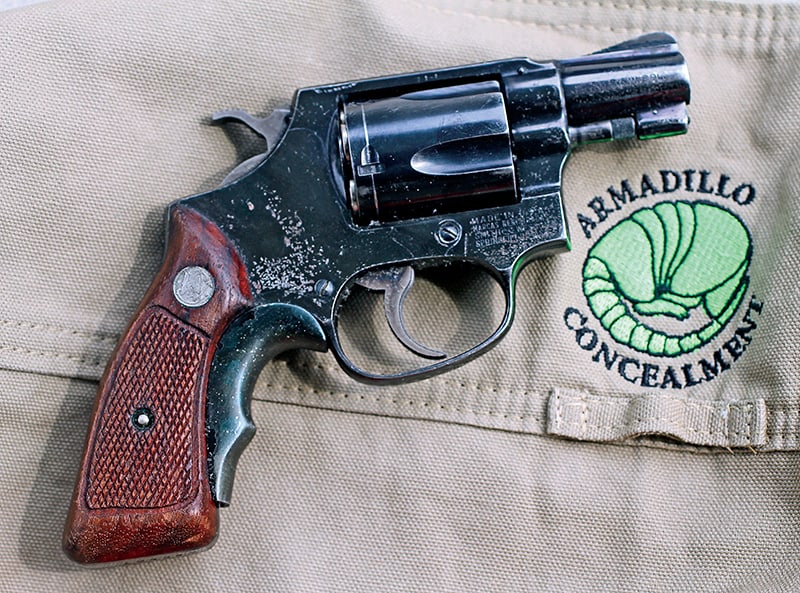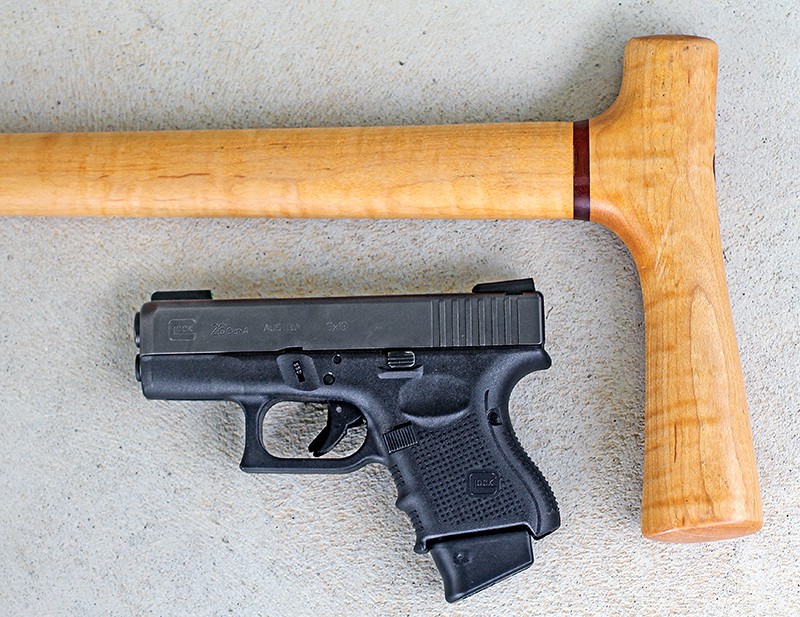Carry Beyond "The Job"
In the Ayoob Files of American Handgunner from the September/October 2015 issue, we give you a rundown on a mass murder occurring a hundred years ago in Brunswick, Ga. It’s significant two armed citizens finally cut the slaughter short, one dropping the mad dog killer with a shotgun blast. But, for cops, it’s also significant two names in the death toll were former police officers in the community where it happened, and neither had a gun. Both died helpless — protectors turned into victims.
Law enforcement officers who have served for any length of time have learned a thing or two. One of those things is people who interact with you in your official capacity remember and recognize you in your “non-police time,” whether it’s off duty while you’re still working, or after you’ve left law enforcement. Some of them smile and wave.
Some of them don’t smile, and don’t use all their fingers when they wave.
That mass murder a century ago took place in one of those towns small enough where “almost everyone knows almost everyone else.” Mass murderer Monroe Phillips had killed one man, and shot and left for dead another, when he confronted former Brunswick Police officer C. L. Padgett, who had left underpaid 1915 law enforcement to drive a streetcar. There’s no indication in the record Padgett was carrying a gun. He was helpless when the gunman, who very likely recognized him, carefully aimed a shotgun at him and fired a heavy load of buckshot, felling the former lawman with a wound quickly proving mortal.
Had Padgett been able to draw a gun and shoot his about-to-be murderer, he would not only have saved his own life, but stopped the toll at one victim dead and one wounded. Instead, the killer went on to put holes into some three dozen people, several of whom died.
Very shortly thereafter, now out on the sidewalk and swinging his shotgun at practically every person he saw, the killer fixed his gaze on another ex-cop. George Asbell, too, had quit the local police force to become a motorman. He, too, appears to have been unarmed. Monroe Phillips, unopposed at that moment, fired a 10-gauge buckshot blast into the back of Asbell’s head. The former officer was probably dead before his corpse hit the pavement, and the orgy of murder and maiming continued until a dose of the murderer’s own medicine cured the deadly outbreak.
Perspectives Perspectives
A hundred years ago when this atrocity took place, a former cop in that state would have had to pay a pretty penny to get a permit to carry a gun. That took a long time to change. As late as the early 21st century, Illinois cops had no provision allowing them to carry after retirement. Twenty or 30 years of putting bad guys behind bars and making enemies of them when they got paroled meant nothing. In New York, the Patrolmen’s Benevolent Association had to fight to get retired NYPD officers permission to carry to protect themselves and their families from vengeful former arrestees.
In 2004, President George W. Bush signed into law LEOSA, the Law Enforcement Officers Safety Act, allowing off-duty cops to carry nationwide and extended the privilege to retired LEO’s. Subsequent amendments to that legislation reduced the amount of time in service, allowing ex-cops who had left their job because they’d found more lucrative ways to feed their families to still carry. The obvious legislative intent was that competent good people with guns were good to have around when mad dogs, whether bipedal or quadrupedal, threatened human lives. It should have logically extended into national concealed carry license reciprocity for the general law-abiding public, but sadly, hasn’t yet.
You don’t have to go back 100 years to find cases where ex-cops were helpless against murderers because they were unarmed. Much more recently than that, a retired police chief on the Eastern Seaboard was paying his respects in a cemetery when he saw a man attack a woman there. When your decades as a cop come to an end, you can clean out your locker but you can’t sweep out your heart and your instincts. He ran to help the woman. He was unarmed. The mugger shot him dead.
If you’re an ex-cop, explore your right to carry under LEOSA. If you’re a private citizen, look to get a concealed carry permit.
These days it might be your duty to stop the next rampaging mass murderer. Ask yourself the age-old question: if you don’t, who will?






